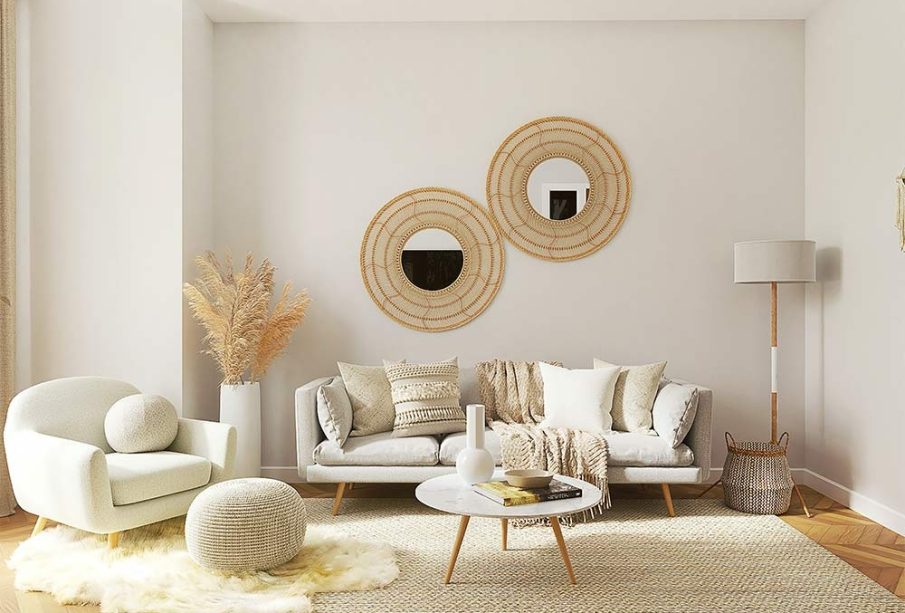What Are The Principles Of Creating Stunning Interior Designs?

It becomes easier to define a project by having solid principles in place. When it comes to Award Winning Interior Designs, every professional considers multiple principles and elements to create a cohesive and stylish space. They can put together a functional and visually appealing home by applying these key concepts. A professional and award-winning interior designer will always approach design principles with a unique perspective to help accomplish harmonious interiors that communicate a specific character. This article discusses some critical principles for creating stunning, ideal interior designs.
Balance
Balance in interior design is all about creating a sense of stability. It refers to a visual aspect and involves distributing furniture and décor items as evenly as possible to give things the same visual weight when looking at a room. Depending on homeowners’ personal preferences, an interior designer can apply three different types of balance.
- Symmetrical: Symmetrical balance is applied in traditional or formal rooms. It is the art of mirroring and matching room’s each side to divide the space into two evenly.
- Asymmetrical: An asymmetrical approach is applied to modern rooms. It is the art of balancing the visual weights of lines, colors, textures, and forms without requiring exact duplication.
- Radial Balance: Radial balance approach involves establishing a natural focal point with other elements diverging from or around it.
Unity and Harmony
Unity is another principle crucial to Award Winning Interior Designs. This principle combines all interior design elements to unify rather than alienate the space. It’s a must for every furnishing, decoration, and style item to work together to create a cohesive space. The room radiates harmony when everything in the area collaborates around a particular theme or style.
Rhythm
Like music, good rhythm can also enhance interior design spaces. A professional interior designer incorporates rhythm through decorative repetition that captures an individual’s eye. When decorating a home, they think about arranging elements in a way that there is repetition, transition, progression, or contrast.
Proportion and Scale
Proportion and scale are considered ideal approaches in the world of interior design to generate a sense of belonging among all objects in a room. It’s crucial to balance things with each other and space to create Award Winning Interior Designs.
The significance of this principle is understanding how a professional can use the surrounding area, regardless of the room size. Proportion is the relationship between two objects, and scale is how one item’s size relates to the other.
Emphasis
The principle of emphasis is all about using the accent in the room, like component, texture, color, or pattern, to create a focal point that draws attention whenever a person enters the room. A room with no focal point usually looks dull and forgettable.
Conclusion
A professional and experienced interior designer is aware of all these and more principles of interior design. Depending on the homeowner’s briefing and preferences, they will know how to incorporate all or some of these principles into the space. Therefore, an individual should consider hiring a reputable interior designer to create a beautiful, stylish interior space.
















